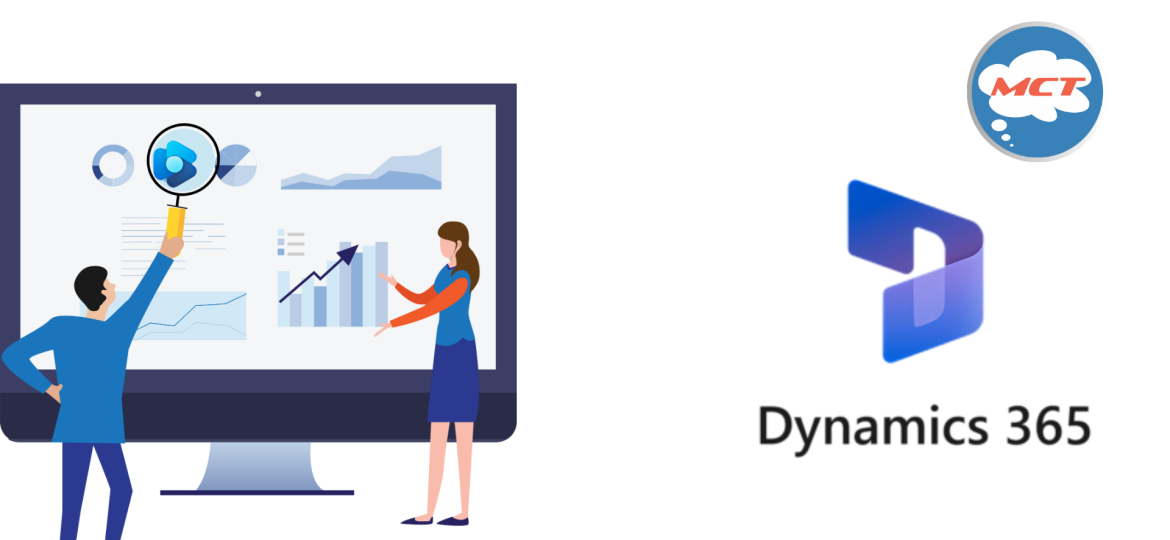
Think you know your customers? Think again.
In today’s world, data is everywhere—but insights are rare. You don’t need more data. You need better decisions. That’s where Dynamics 365 Customer Insights comes in—not as just another CRM extension, but as a powerful tool to transform how your business thinks, acts, and grows.
This post is not about “what is Customer Insights”—you can Google that.
This is about how you actually use it to get results—faster, smarter, and with less guesswork.
Let’s break it down into real things you can try right now.
One of the biggest blockers in decision-making? Data scattered across tools, teams, and timelines.
With D365 Customer Insights, you can connect:
- CRM data
- Web behavior
- Support tickets
- Social media
- Even offline data like retail visits
How to do it: Use the pre-built connectors in D365 to pull data from Dynamics 365 Sales, Service, and even external platforms like Adobe or Shopify.
The magic? It’s no-code. You don’t need to be IT to set it up.
Forget messy Excel sheets. D365 builds a 360-degree customer view that merges all that data into a single, unified profile.
Why it matters: You stop treating “John D.” from email and “J.Doe” from purchase history as two people. That’s wasted targeting.
How to do it: Set matching rules based on email, phone, or loyalty IDs inside the Customer Cards section.
Now every campaign you run, every sales call you make, is built on the real person—not a fragmented guess.
Say goodbye to blast emails.
How to do it: Go to the Segmentation tab, define conditions like:
- Customers who bought twice in 30 days
- High-value customers who haven’t returned in 3 months
- Leads from events who opened 2+ emails
Once you build segments, they sync with Dynamics Marketing or external platforms like Mailchimp or LinkedIn Ads.
Result: More personalized, higher-converting campaigns.
Why react when you can predict?
How to do it: Enable the Predictive Scoring model to forecast churn, likelihood to purchase, or customer lifetime value.
Let the system flag who’s at risk—and act before it’s too late. This is AI, but it’s made for business—not data scientists.
All this data means nothing if you can’t see it clearly.
How to do it: Plug your insights into Power BI templates built specifically for D365 Customer Insights.
No more scrambling for reports—just clean visuals that show what’s working, and what’s not.
Insights are great—but action is better.
How to do it: Trigger workflows like:
- Send offers when someone enters a “high-lifetime-value” segment
- Alert your team when a churn-risk customer calls support
- Push data to your ad platforms in real-time
You’re not just seeing data—you’re acting on it.
Conclusion
You don’t need to be a data analyst or CRM expert to use Dynamics 365 Customer Insights.
You just need a plan—and the will to stop guessing and start knowing.
If you unify your data, build smart segments, and act on insights in real-time, D365 CI becomes more than a tool. It becomes your decision-making engine.
So now the real question is—what’s the first insight you’ll act on?

